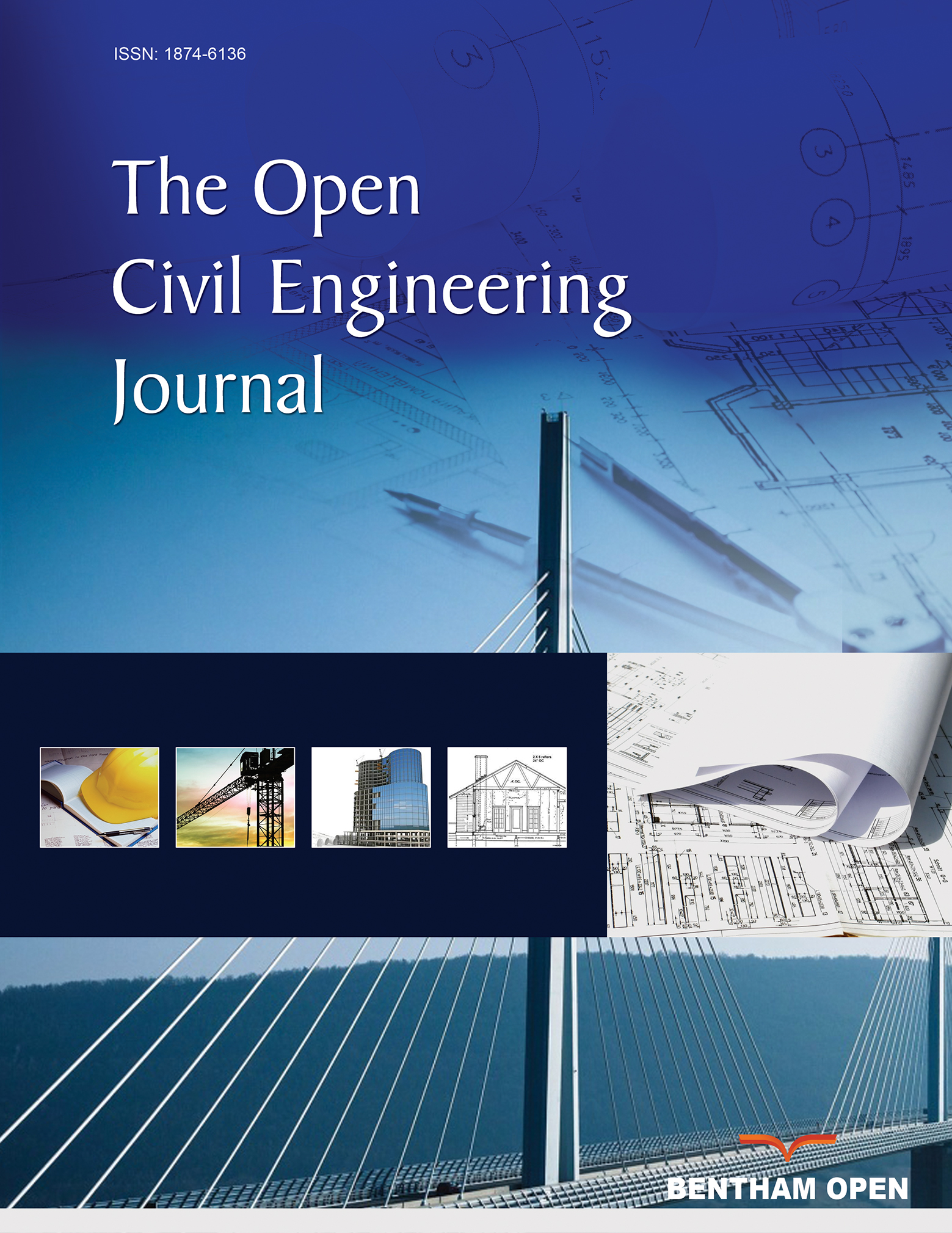Sumatra-fault Earthquake Source Variation for Analysis of Liquefaction in Aceh, Northern Indonesia
Abstract
Introduction:
Areas that are situated on active faults experience a severe risk of earthquakes. During earthquake shocks, pore water pressure increases and soil shear strength decreases, resulting in water saturation of the loose sand layer and the possibility of liquefaction. Banda Aceh is a city on Sumatra Island, northern Indonesia, located on active faults that run along Sumatra Island.
Aims:
To ascertain the liquefaction potential in Banda Aceh City, it is important to conduct a research analysis on the soil profile below Banda Aceh City. This research focused on earthquake acceleration to determine the strength capacity of soil to withstand loads and wave propagation to minimize infrastructure failure.
Methods:
The liquefaction potential of Banda Aceh was determined by analyzing N-SPT records from three sites using three different approaches. This liquefaction study considered the cyclic loading and seismic acceleration associated with the Sumatra-fault earthquake source, which has a design magnitude of Mw 9.3.
Results:
The results of cyclic loading showed that Banda Aceh City has liquefaction potential. Using the 3D surface approach, soil profiling gives a cross-vault-shaped soil profile that shows liquefaction potential starting at 2.5 m and the hard soil layer found at 6.0 to 10 m.
Conclusion:
This study examined the liquefaction potential of Banda Aceh City. The research was carried out using a simplified approach to determine the liquefaction potential index (LPI) at three-dimensional cross faults of discontinuous sand generated by the Sumatra-fault acceleration of earthquake.


